LG OLED65BX6LB 65″ Smart 4K Ultra HD OLED TV
4K Ultra HD – Stunning sharpness, crystal clarity. a7 Gen3 Intelligent Processor 4K optimises images. Smart TV – catch up, movies & more. AI Sound – audio is optimised based on your environment. G-SYNC compatible – ideal for gaming.
Upgrade your old telly with this 65-inch LG TV, featuring a 4K Ultra HD screen, for brilliant images at four times the resolution of Full HD. With an OLED display, the pixels give out their own light instead of being backlit, which means on top of incredible contrast, you get true blacks, as the pixels simply switch off. Plus, the α7 Gen3 Intelligent Processor analyses your content and enhances the clarity and sharpness of the picture, as well as the sound. The audio features don’t stop there – AI Sound tech uses spatial awareness to adjust the settings for the best listening experience. And it’s smart, of course, so you can access streaming and catch-up services. What’s more, you get NVIDIA® G-SYNC compatible support, so you’ll get less lag and flicker on top of smoother gaming.
We want you to fully enjoy your new TV, so please be careful when unpacking it – pull it out of the box using the edges so that you don’t damage the screen. If you need to return your TV for any reason, we just ask that you don’t pack the plug in front of the screen as it could damage the TV in transit.
- 4K Ultra HD – Stunning sharpness, crystal clarity
a7 Gen3 Intelligent Processor 4K optimises images
Smart TV – catch up, movies & more
AI Sound – audio is optimised based on your environment
G-SYNC compatible – ideal for gaming
Additional information
| Dimensions | (H)86.9 x (W)144.9 x (D)24.6 |
|---|---|
| Manufacturer Warranty | 1 Year |

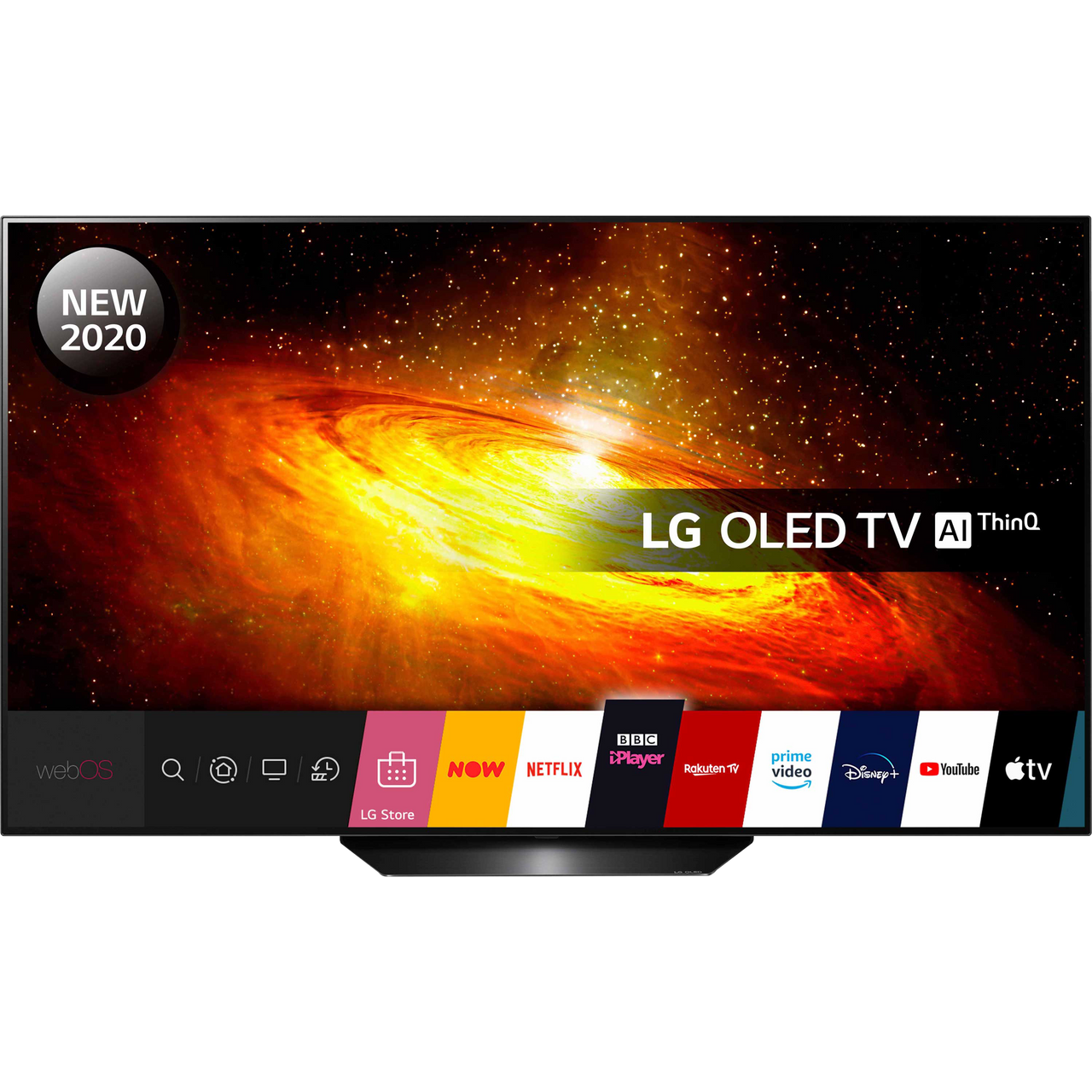
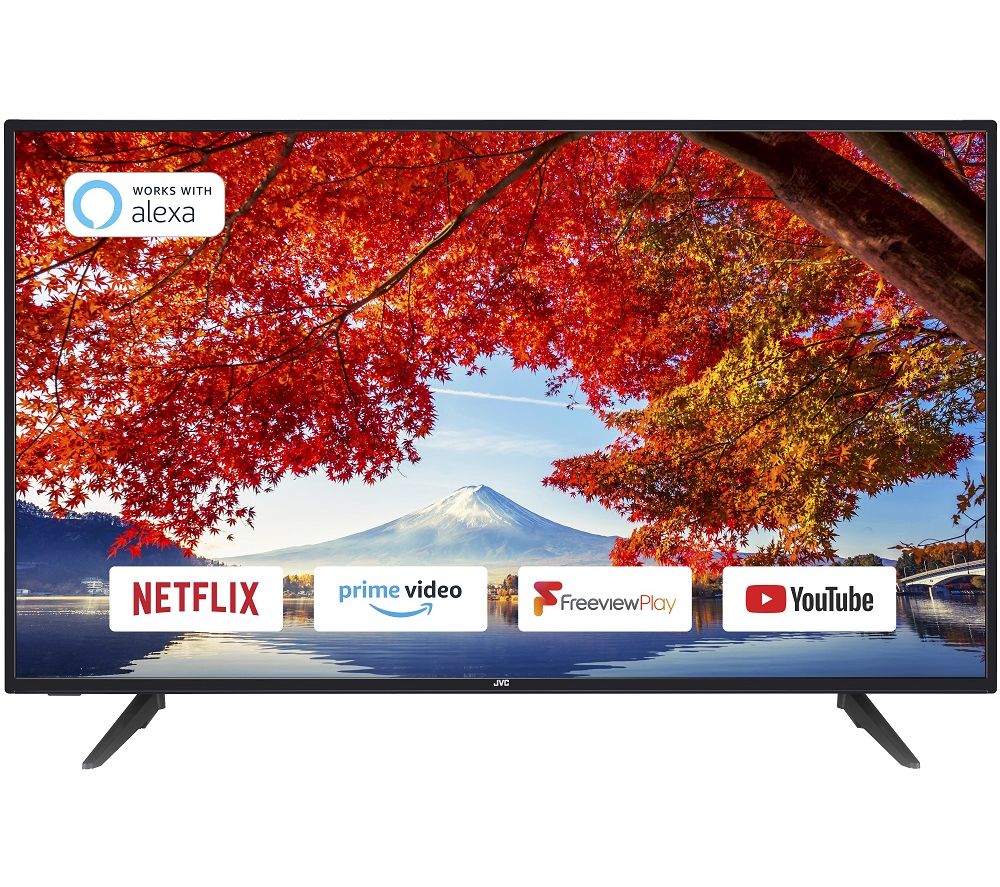
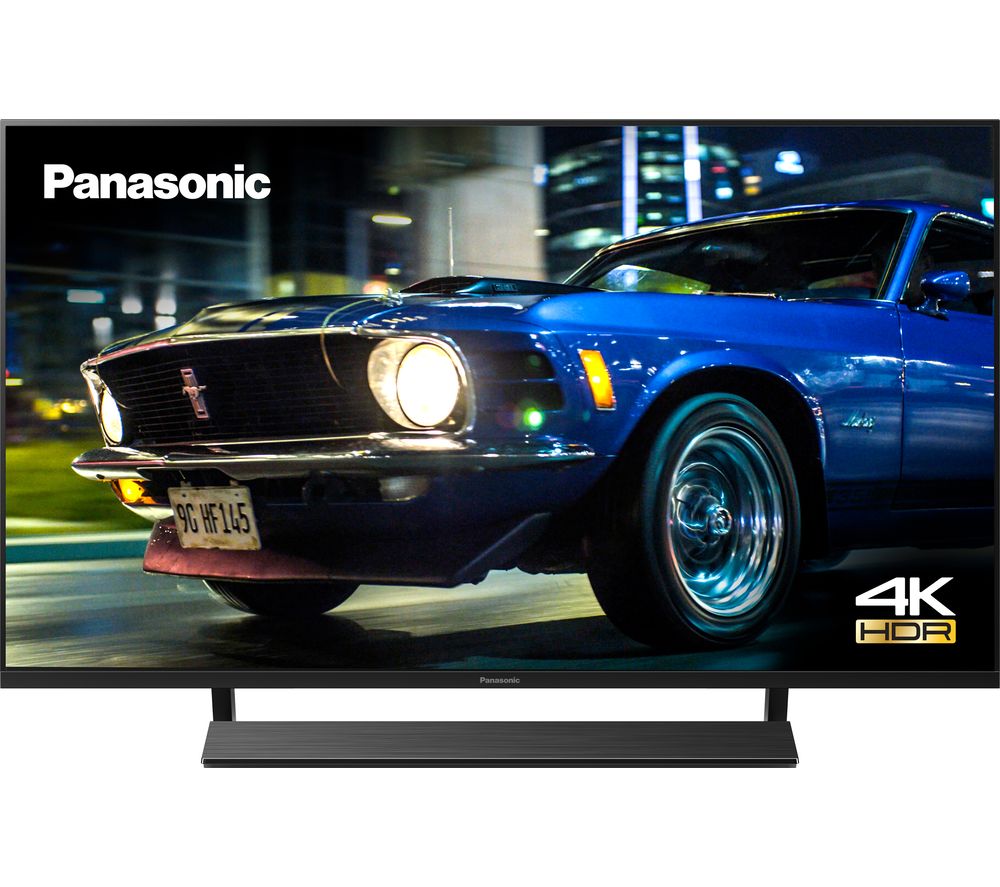
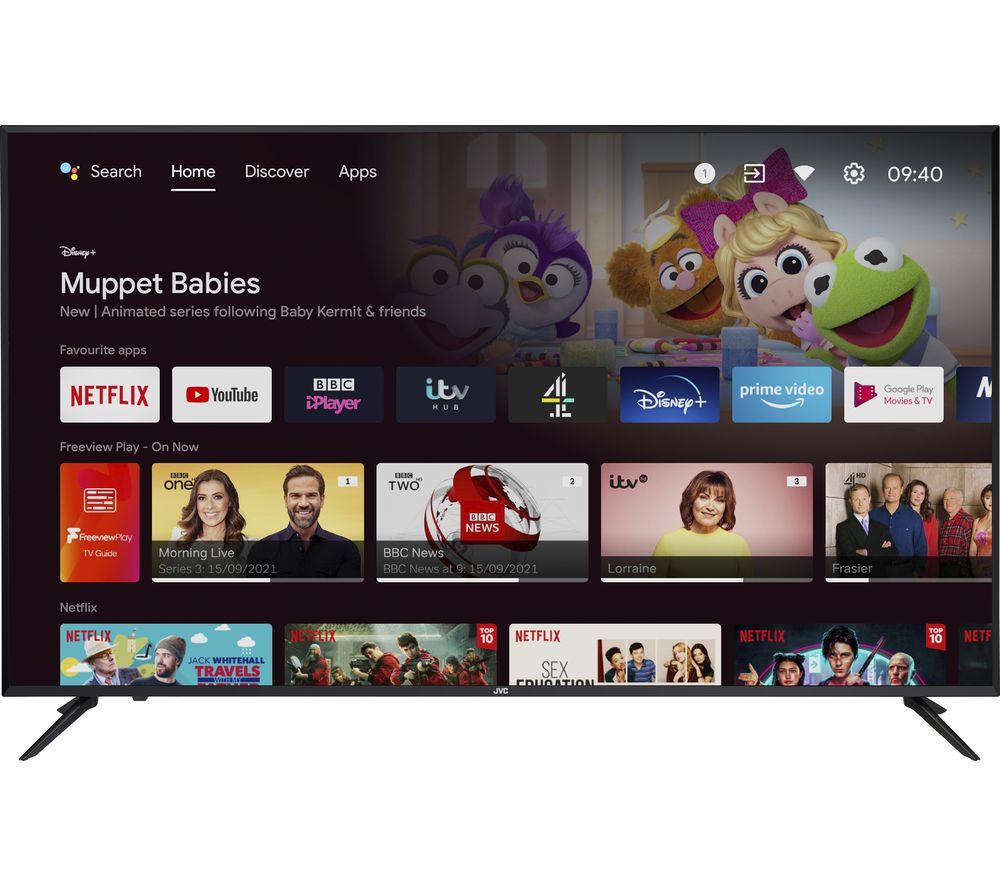
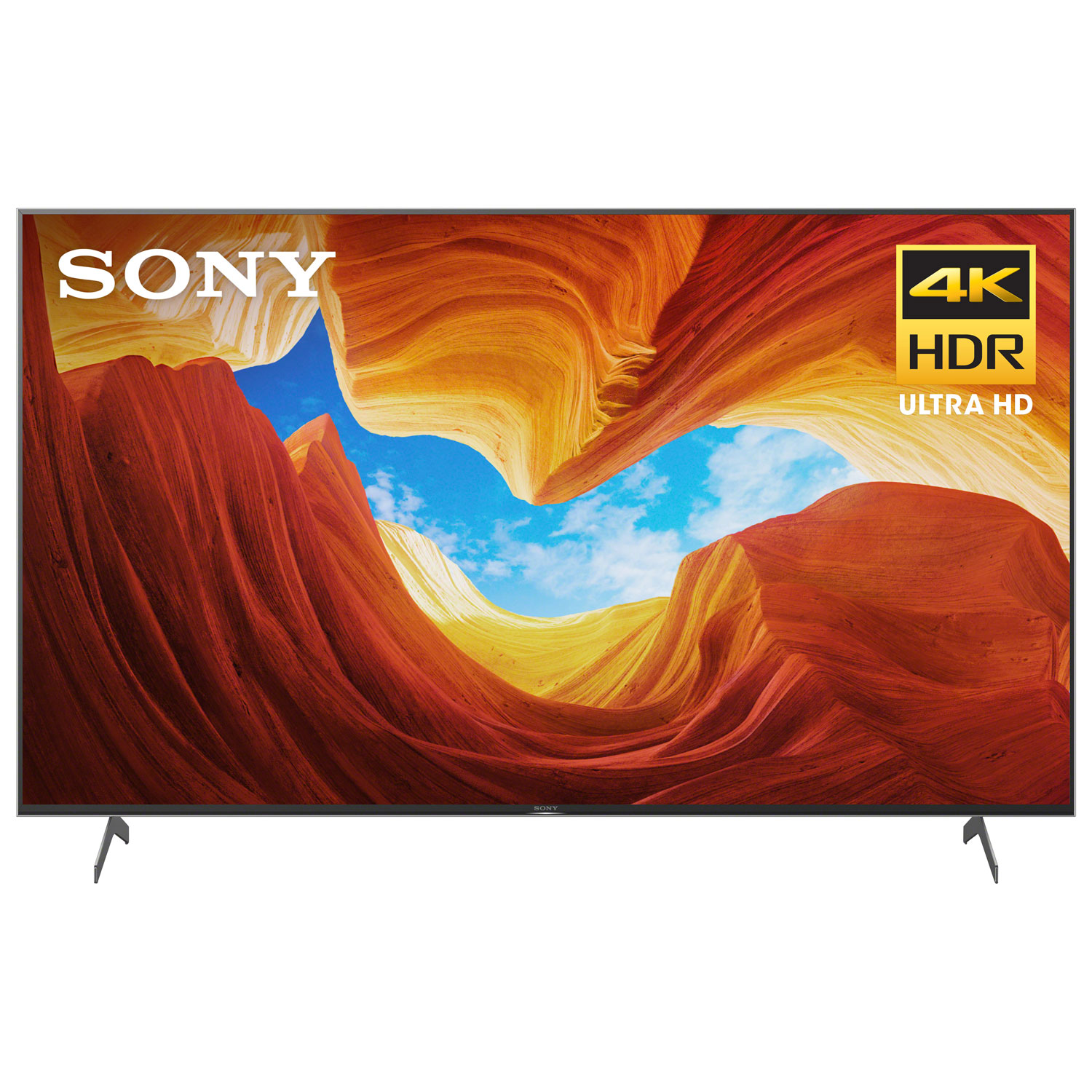
by Chris
Picture quality is fantastic, easy to setup, and the voice controls are brilliant. I would highly recommend.
by Priestley
Great purchase ! Brilliant picture and sound quality Very pleased.
by David
The TV is fantastic. The image quality and sound really justifies the price. Set up is simple and the instructions are easy to understand. The remote feels very robust and looks good. I’ve yet to hook up a console to it, but it does have the required HDMI port for a PS5. Overall very pleased.
by Nikki
Great tv, picture quality is amazing!
by Mike
We bought this based upon the Which? report and it has not disappointed. Its a stunning TV. All the apps that you might need, easy to set up, really slim and a great experience. Cant really vouch for the sound quality as we have it connected to our surround sound system. I am really looking forward to this years 6 Nations Rugby1.
by Gary
Excellent upgrade, outstanding picture quality, highly recommend.